Fairmount body spoons, spoons typically canít replace a dolly for general dent repair but the design allows access to where a regular dolly wontí fit. The spoon on the left is a 1050 and the one on the right is 1045. I have several of each style. Fairmount called the longer 1045 a turrent spoon.
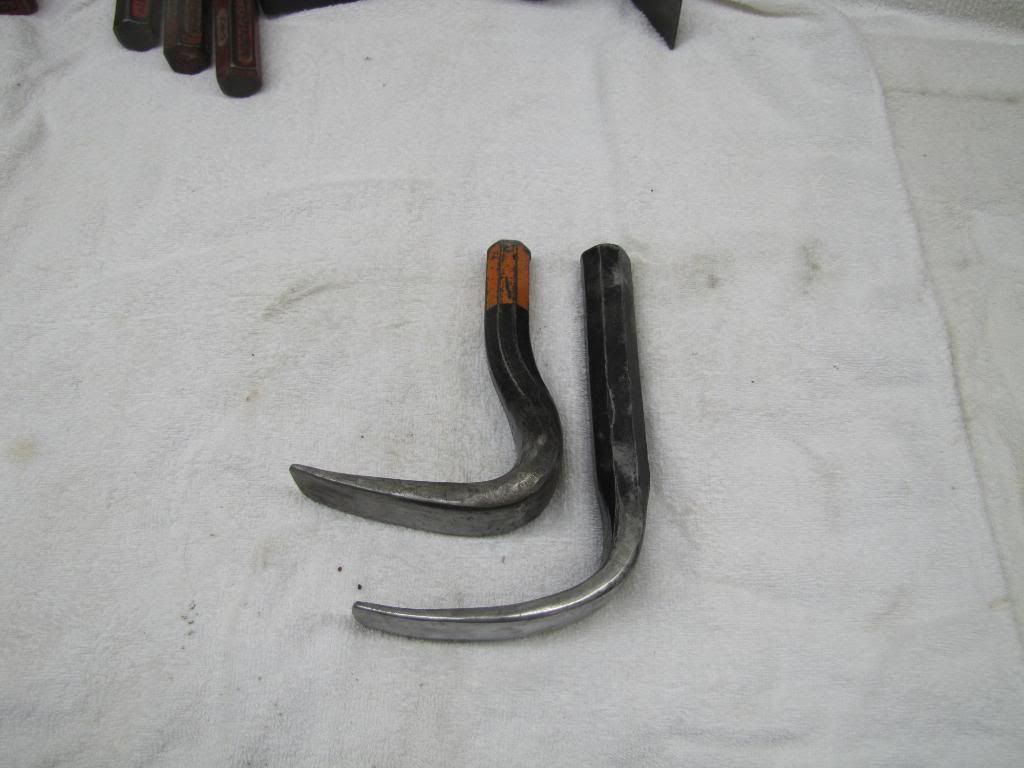
Fairmount 1054 spoon. The working face is very thin which snakes between braces easily.
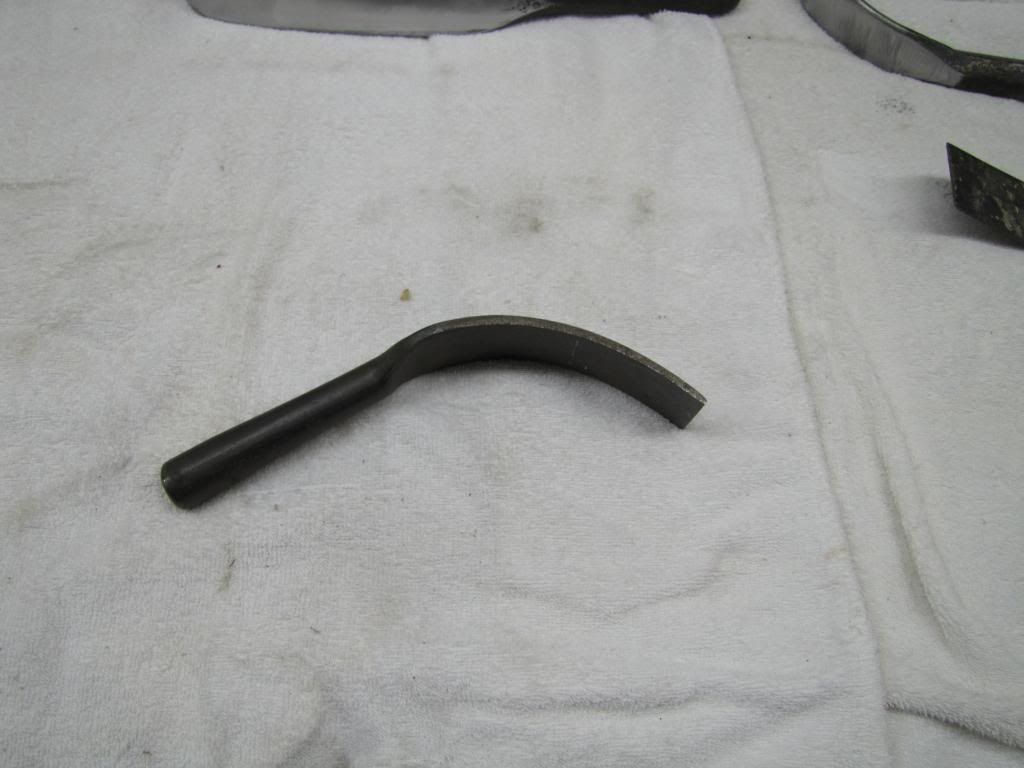
Fairmount 1045 compared to the 1054.
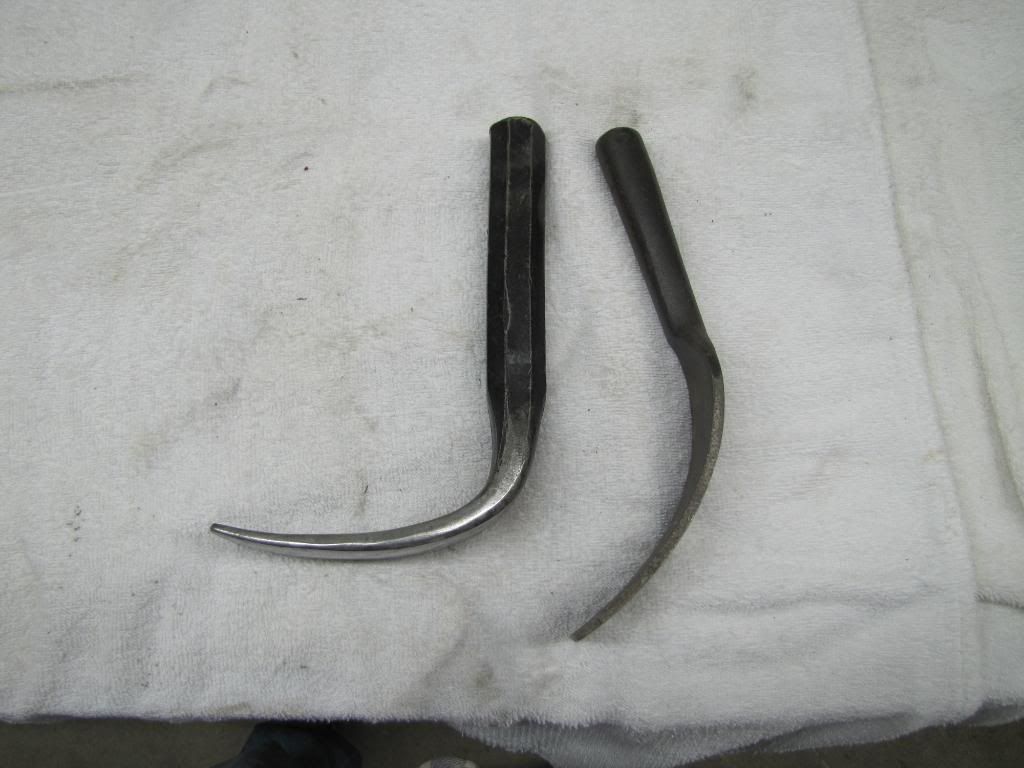
This spoon is known as a light weight bumping spoon. You donít use the spoon solely by itself but with a hammer as shown. The idea behind the setup is to hold the spoon on top of a ridge then hit the spoon with a hammer. The spoon spreads out the hammer blows releasing the tension on the ridge allowing the metal to relax and flex back into shape. A very useful tool and method for repairing damage, another must own tool. This particular spoon is pretty darn flat and used on high crown panels. Other styles like the Porter Ferguson E-7 high crowned spoon are used on flat or low crowned panels. Sounds odd, using a high crown tool rather then low crown tool to repair a low crowned panel. But ridges in low crowned metal are springy and the smaller working face of the high crown spoon works better on springy metal or metal that likes to pop in and out.
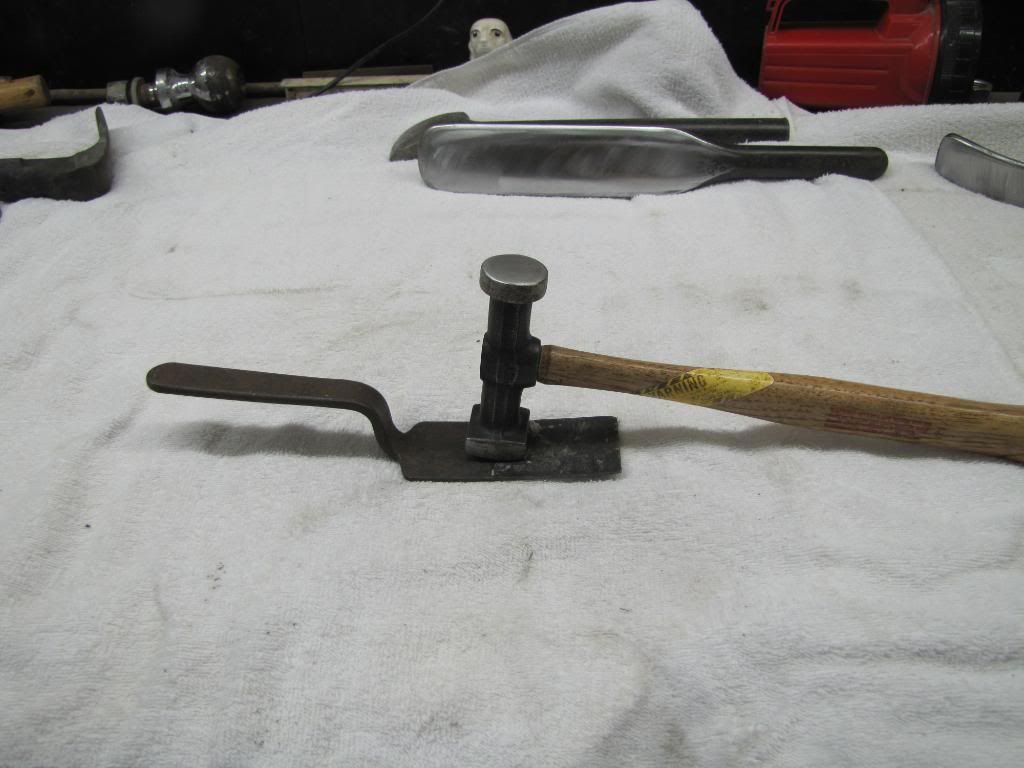
Martin medium crown slapper 1024, same concept as the Covell slap hammer I preach about and show pictures of but a different design. This slapper has a greater overall curve in the working face.

A nice slapper, used this one prior to buying the Ron Covell slappers which were shown on the previous post.
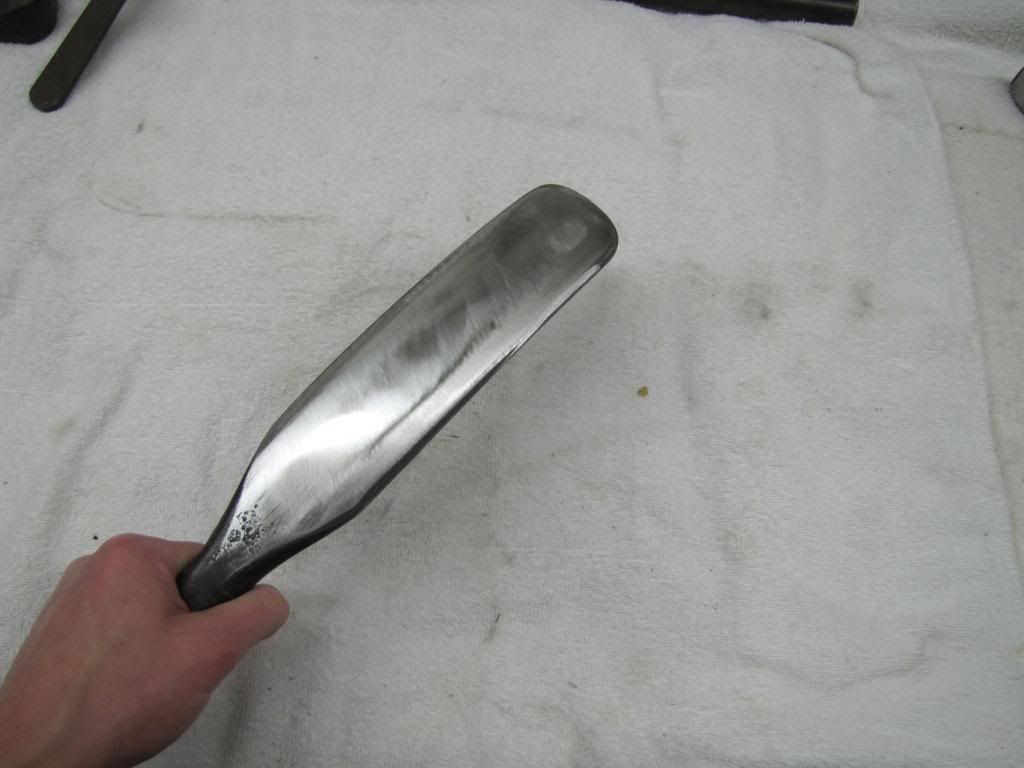
Craftsman 4562 spoon but made for being placed on a porta power. The lower end by my thumb accepts the tube of the porta power so the spoon can be used to force out damage. Typically called rocker spoons.
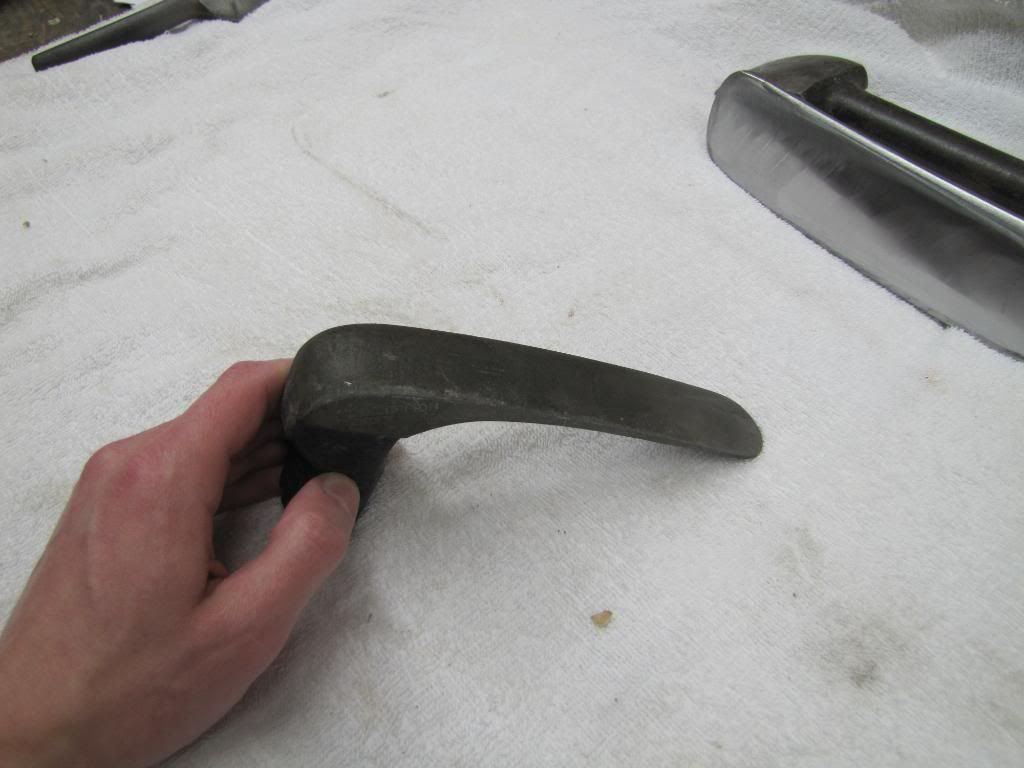
Herbrand BF-38 offset chaulking spoon.

Not for sure of the make of this tool as several companies made this type, but am guessing itís a Streamline because of the blue paint. Oddly, a hard to find design and probably my favorite spoon because of nicely shaped crowns.
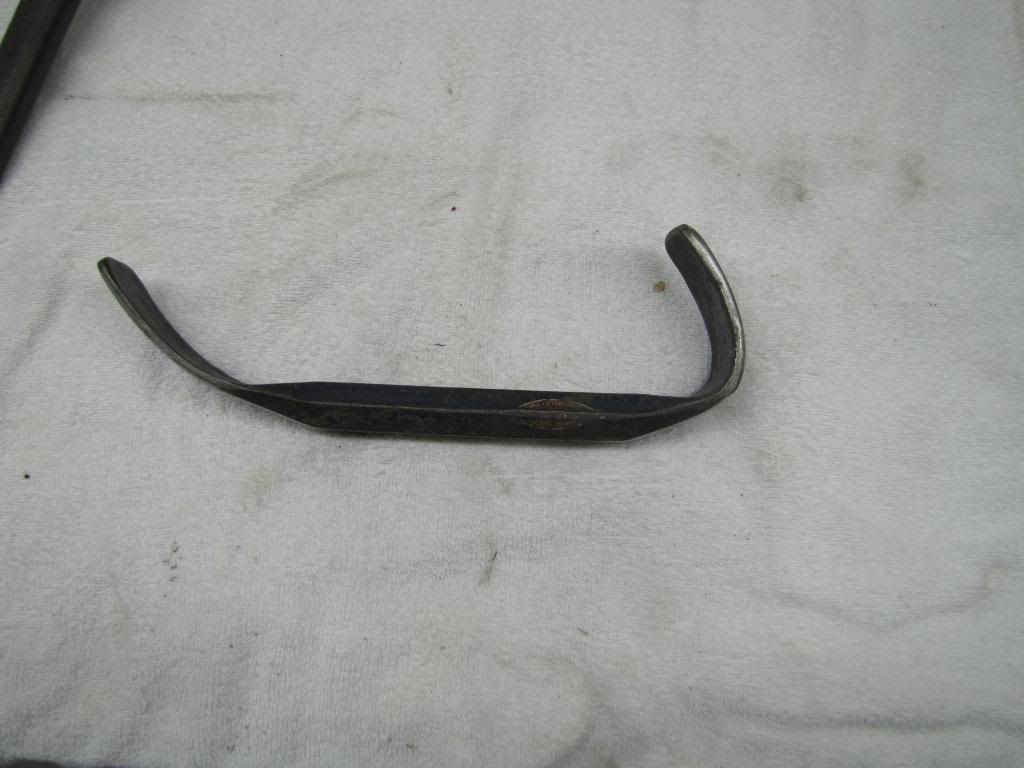
]
Working face of the above spoon, take notice that all the tools I do use have a nice clean surface free of dings and some are polished. Tools are printing presses and will imprint their surface into the metal so the tools need to be spotless to achieve high quality results.

Now comes time for the Porter Ferguson spoons, these guys are the cream of the crop. Porter Ferguson had way more spoon designs then any other company just about any type of application P-F had a spoon for it. One nice thing about P-F is that most can be placed in a porta power increasing the versatility of the tool. Some of these spoons are extremely hard to find and when found cost upwards to 200 bucks, not cheap!
Porter Ferguson JCW-7 on the left and JWP-12 on the right. P-F refers to the JCW-7 as a side and quarter panel spoon. I have two of the JCW-7 and three JWP-12 spoons.

All three of the JWP-12 spoons which are pretty close in design to the Fairmount 1045 spoon but the P-F has a larger face and longer handle.
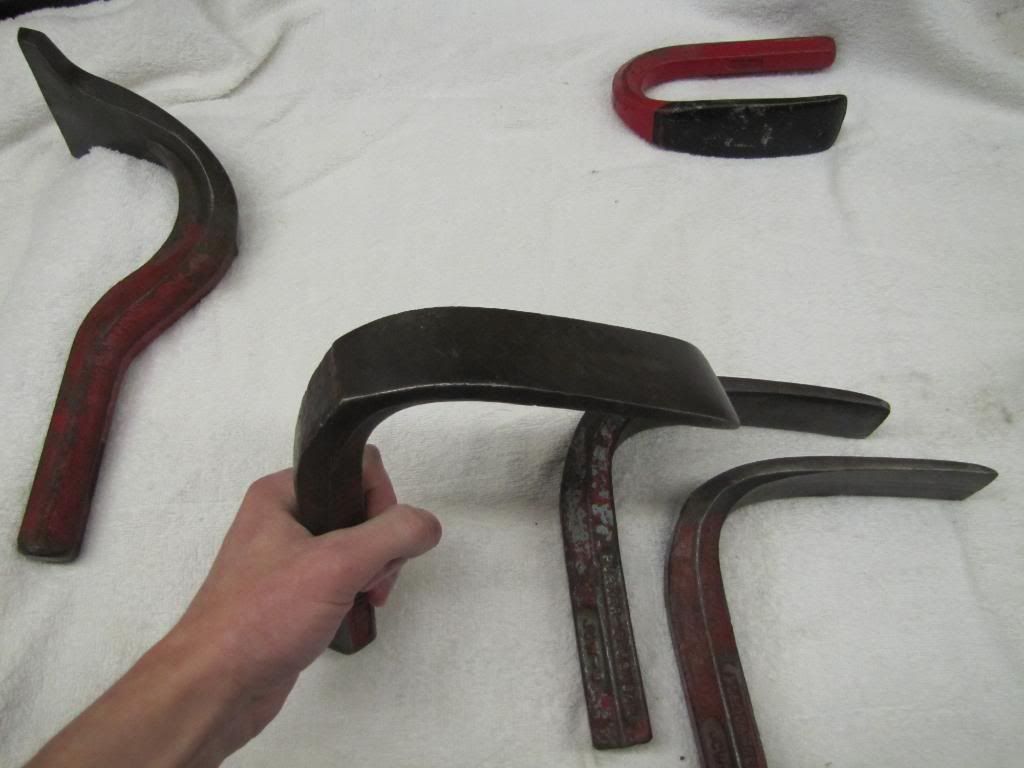
A pretty cool style and a P-F exclusive, no other company made anything remotely similar. On the left is the JTR-7 and the right is JCP-11. The P-F catalog I have labels these spoons as top rail spoons. Basically you would place the spoon in-between the roof skin and roof braces or any other place with a brace to push out damage.
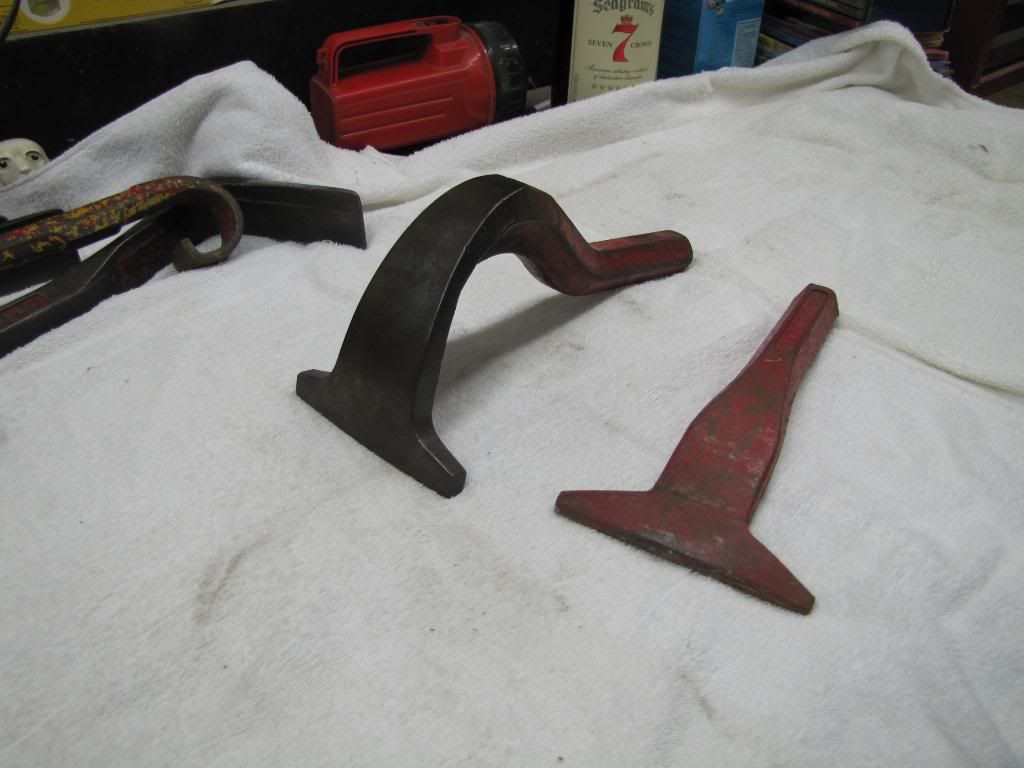
Another view of the JTR-7, the other one is pretty much flat across the entire spoon.
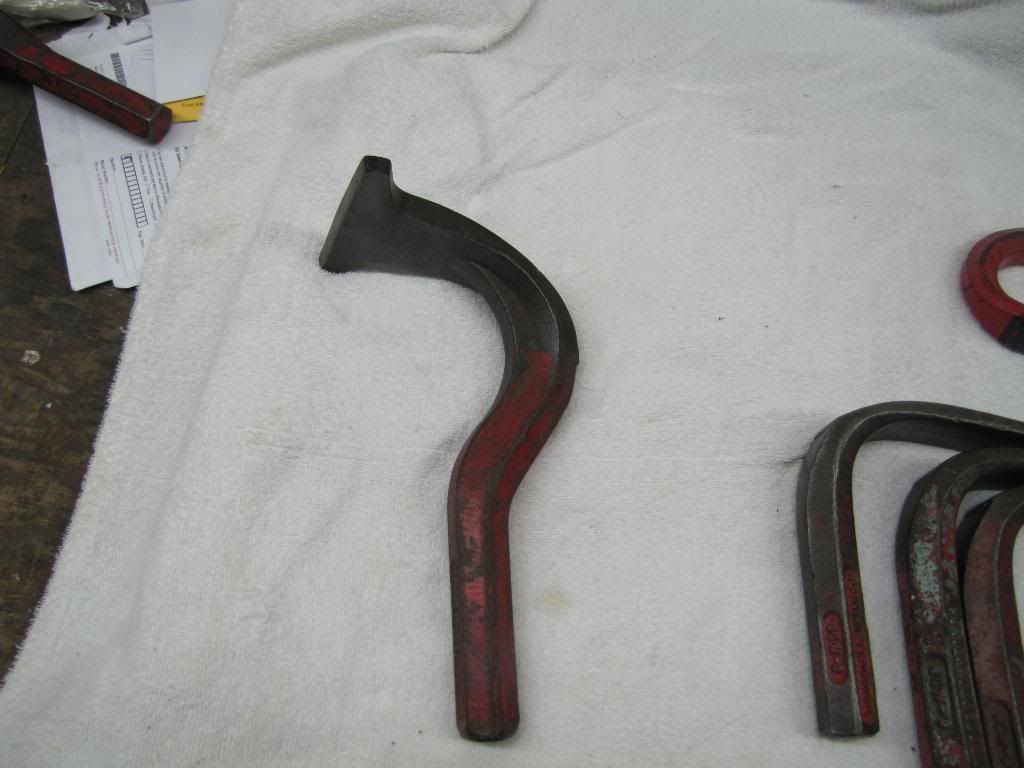
JWB-6 on the left and JMR-3 on the right. P-F lists these as corner and header panel spoons, once again the main focus is to get around braces and wheel wells and get behind the damage.

Another picture of the JWB-6 and the JMR-3 the main difference is the width of the face and slight different in the shape.

Porter Ferguson D-1 door and side panel spoon. Probably one of the handiest spoons ever made, the deep throat and ultra thin face get behind braces with ease. I used this spoon to metal finish some fenders which had damage behind the vertical brace in the back.
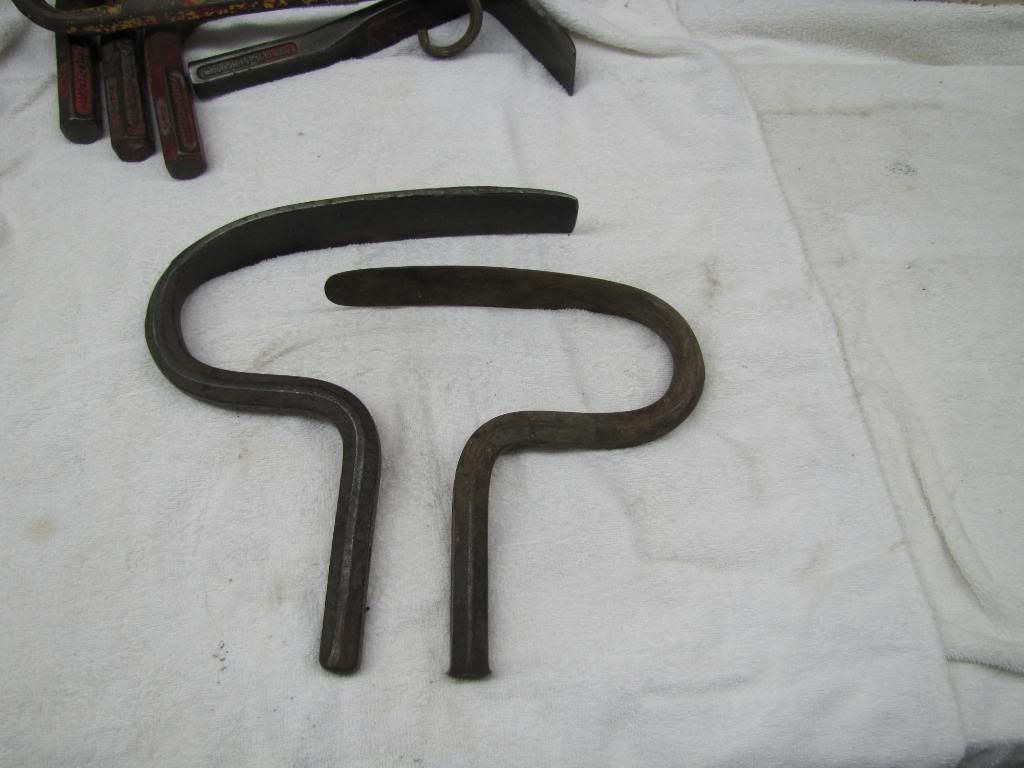
Somewhat odd that they have a different shape, but not the first time Iíve seen differences in P-F tools.
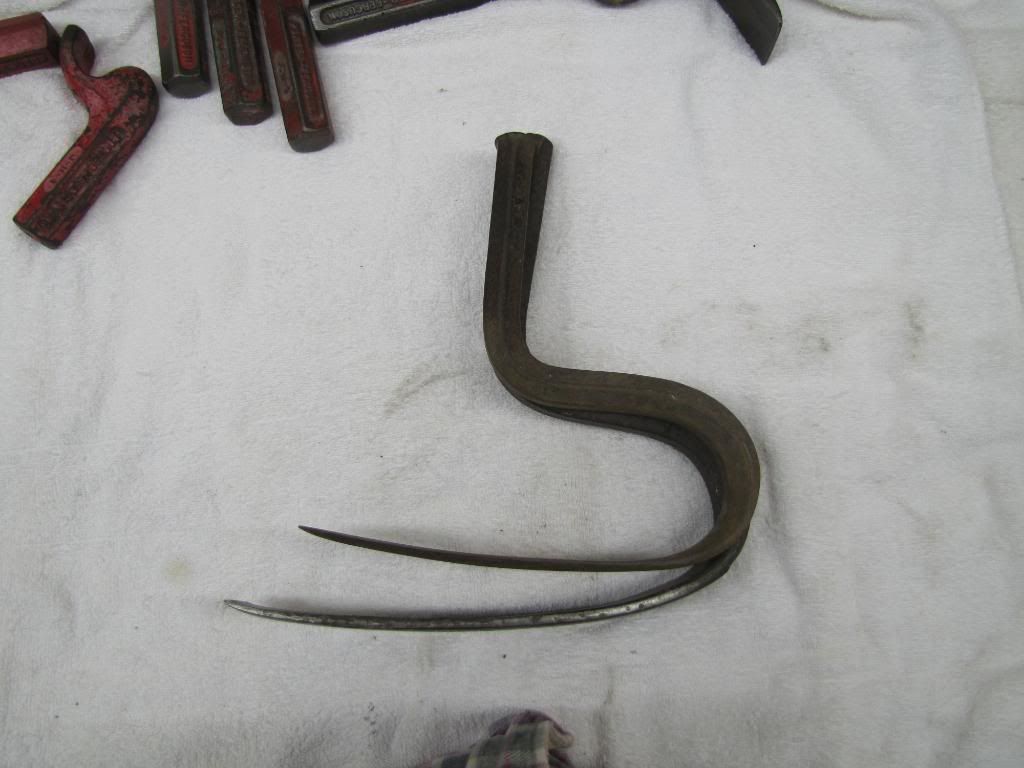
Porter Ferguson A-6 back panel and quarter panel spoon on top and F-2 heavy duty driving spoon on bottom. These spoons canít be used in the porta power, they are strictly a hand held spoon.
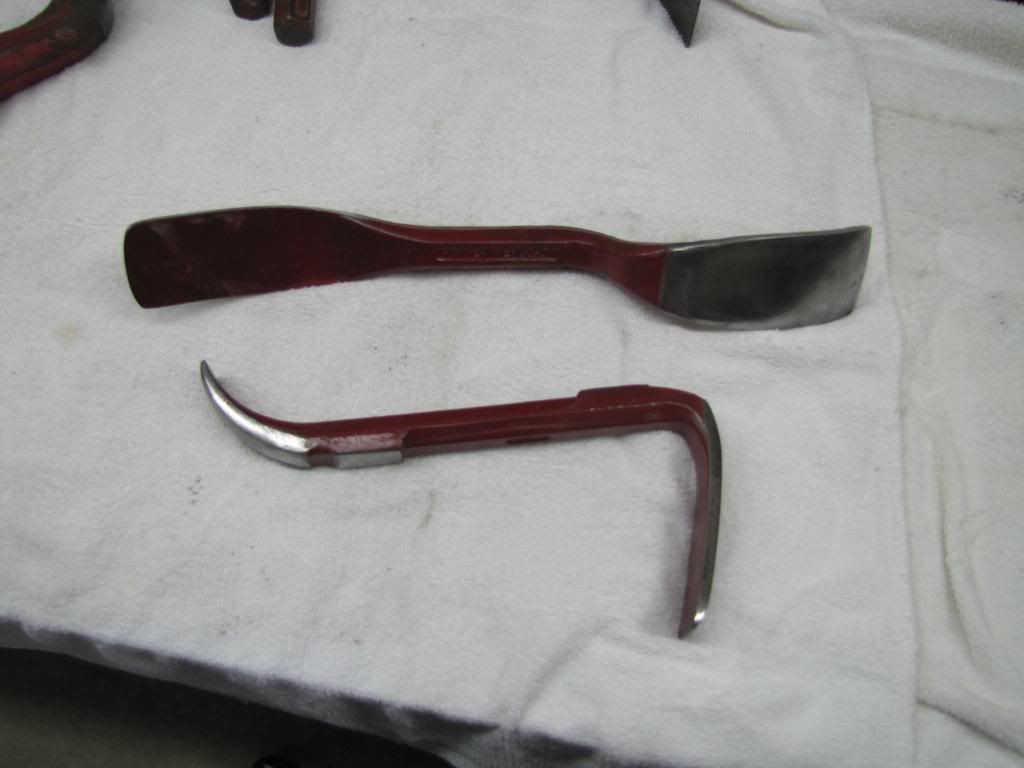
Another view of the P-F A-6, this thing is no light weight. Has two huge working surfaces and weighs a ton, makes the Fairmount spoons pictured earlier look like play toys.

Another view of the F-2 from above. Both working faces have this pad directly below. The purpose was to hit the pad with a hammer which would drive the working face into the damage, useful when you had no leverage.
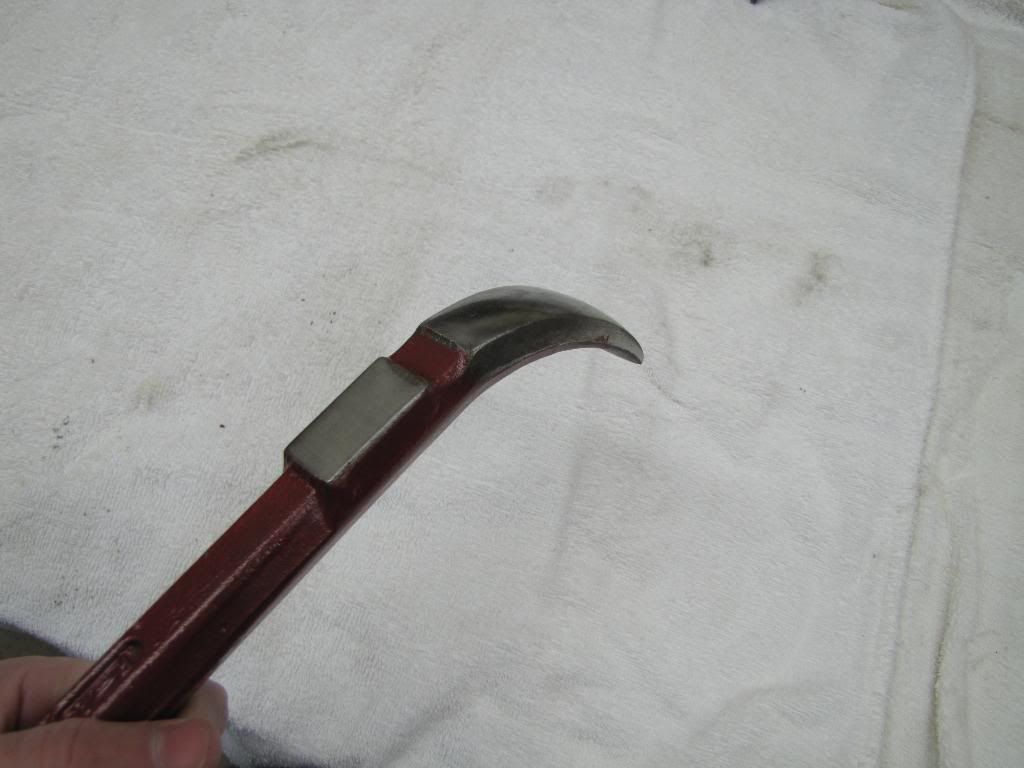
Porter Ferguson B-3 side panel spoon, another big heavy tool. The big size and weight might seem like a disadvantage but the sheer weight keeps the spoon from bouncing around when being struck. You want the tool to remain in place so a light weight tool in many cases is creating more work because of the additional strain used to hold the tool in place.
